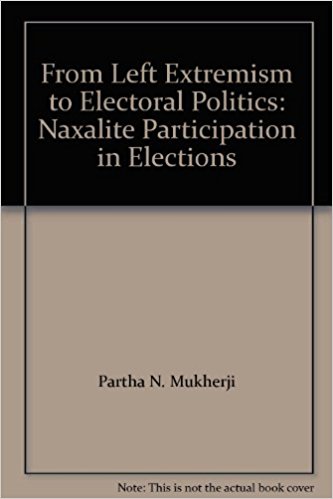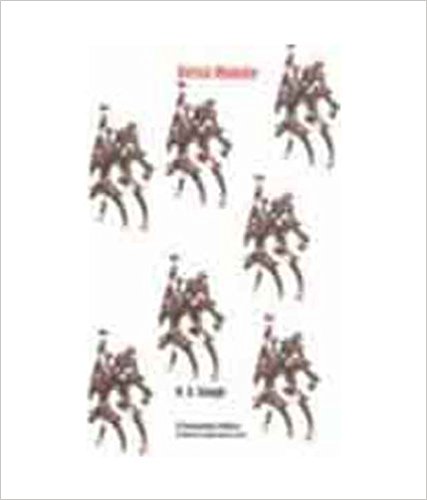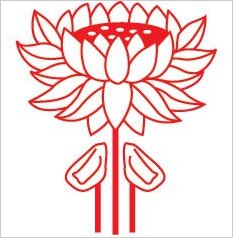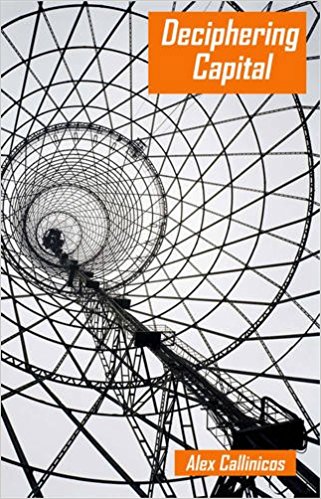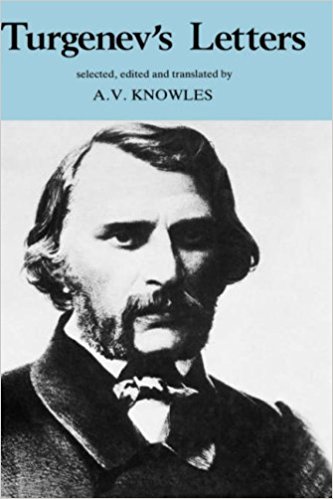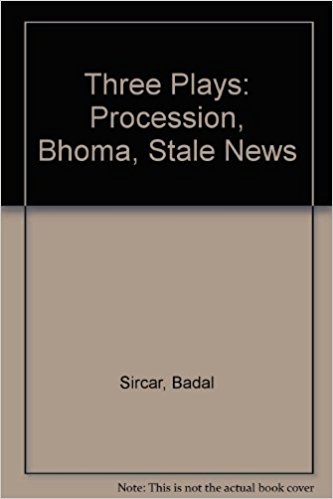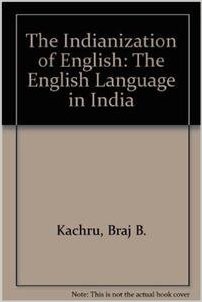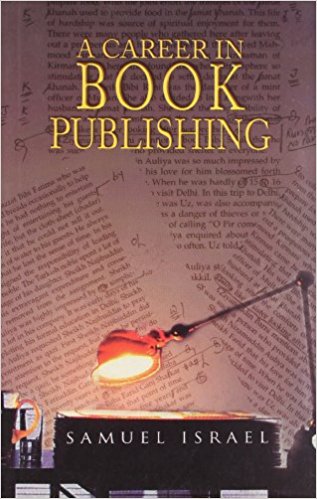The Pictorial Guide is the Bombay Natural History Society’s (BNHS) centenary gift to Indian birdwatchers. For several years the book most widely used for field identification has been Salim Ali’s Book of Indian Birds (now in its ninth edition); more recently, Martin Woodcock’s well-illustrated Hand Guide to the Birds of the Indian Sub¬continent has also become popular.
Archives
May-June 1984 . VOLUME 8, NUMBER 6Janet Rizvi’s Ladakh: Cross¬roads of High Asia has been prefaced as a background and introduction to Ladakh. It is divided into three main parts: the geographical, the past and the present. The book is based on her two-year stay (1976-78) in Ladakh where her husband was the Development Commis¬sioner. One is immediately struck by the intensity of her impressions and her abiding urge to assimilate as much as possible of that stark yet capti¬vating ampitheatre.
This is an uneasy book which disconcerts the reader with the narration of the history that ultimately culminated in the election tragedy of February 1983. It is moreover, a book which is very readable and lucid to the very last page. Published a year after the State Assembly Elections in Assam, it leaves little doubt of a possible repetition of the tragic episode in the context of the General Elections ex¬pected later this year.
Debra and Gopiballavpur are two regions in the district, of Midnapore in West Bengal which shot into prominence between 1969 and 1971 when armed bands of peasant guer¬illas backed by poor and land¬less villagers under the leader¬ship of CPI (ML) killed landlords, seized guns, took possession of the properties owned by the landlords, burnt the records of debts and set up revolutionary committees as alternative power structures.
Dr. Suresh Singh is one of the very few IAS officers with a scholastic bent of mind. In Bihar he also enjoys the reputation of being an able officer. As early as 1967 he had acquitted himself with dis¬tinction during the famine which hit all of Bihar, when he had held charge of Palamau, a particularly neglected and abused tribal district.
The writing of social history in India has come full circle since Dr. Tapan Raychaudhuri’s pioneering Bengal Under Akbar and Jahangir (1953). In his Preface Dr. Raychaudhuri had defined the scope of social history, after G.M. Trevelyan, as ‘history with the politics left out’. In the 1969 edition of his book the author set aside Trevelyan’s ‘incorrect defini¬tion’ and replaced it with an ‘investigation of historical communities by the methods of social anthropology and sociology’.
The period between the end of the Second World War and the achievement of indepen¬dence by India has not so far received the attention of historians to the extent that it deserves. Both in terms of British imperial policy in India and of the Indian peoples’ struggle for freedom, these last two years before independence are of great importance.
‘India within the Ganges’ was the beautiful name Euro¬peans gave to our India to distinguish it from various other Indias, vague and unknown, lying somewhere yonder in their conception. It is the slow, long drawn-out process of focussing on this India on map-sheets and of bringing the representation of the earth and soil of this region into approximation with reality that Susan Gole has reconstructed with remarkable facility. Cartography can hard¬ly be a subject holding a non¬technical readership in thrall.
The Renaissance deified man. The development that divested God of his powers also endow¬ed the individual with god¬like attributes. An ideal emerged of the individual-as-hero, a man self-sufficient, and unfettered by obligations that formally bound the man of the middle ages to his society and to his representatives. In reality of course, only a sec¬tion of society could aspire to realize the grandiose ideal.
Works on Marxism are legion; those on Marxism and philosophy only somewhat less so. Does Callinicos have anything new to say on the subject or any interesting or illuminating interpretation to offer. That this is not only possible but necessary has to be asserted against all those who see no point in what they consider canonical exegesis. Marxism is not yet a spent force and new conditions of existence allow and necessitate different vantage points from which to applause the past.
‘Ivan Turgenevs whole aspect and temperament was of a larger and manlier kind than I have ever yet encounter¬ed in a scribbler’, Henry James reported to his aunt. These qualities shine forth in A.V. Knowles’s new edition of Turgenev’s letters. Turgenev was attacked by Tolstoy and Dostoevsky for his liberal humanist views, condemned for decades to a frustrating liaison with a married woman, and exiled to his estate by the capricious edicts of the Tsar.
Richard Schechner’s new book is a collection of nine essays most of which have been published before in various journals. It is a free ranging collection written over a period of ten years. The first essay, ‘A Letter from Calcutta’ is a series of musings about the city. The second is about The Performance Group’s tour of India in 1976.
I first saw Badal Sircar’s Procession early in the seven¬ties, in a grimy suburban hall in Bombay; and it was so good that it nearly made me ill. I found it difficult to walk back to the bus-stop and fling myself into a moving bus, being hampered as I was by a kind of divine glow. I could think of no other Indian writer who had so acutely depicted the existential des¬pair which was, to us at that time, the only emotion possible.
Quirk in his Foreword—sometimes rendered as Forward in Indian English—to Braj Kachru’s The Indianization of English
to have over eighteen mil¬lion people using English as a necessary part of their daily working lives. This means that India vies with Canada as the country with the greatest number of English speakers after the USA and the UK.
Publishing is perhaps the first refuge of a lapsed acade¬mic. If you want to stick aro¬und books without either being able to write them or effectively teach them, the next best thing is probably to try and sniff them out and rewrite them for other people. T.S. Eliot’s notion that literary criticism sometimes satisfies suppressed creative desires in critics is even truer if applied to publi-shers as creators of books: once the manuscript is with a publisher it becomes his baby, the child’s real mother being rendered very patient in the hands of a midwife quite often insensitive to the groaning parent.


